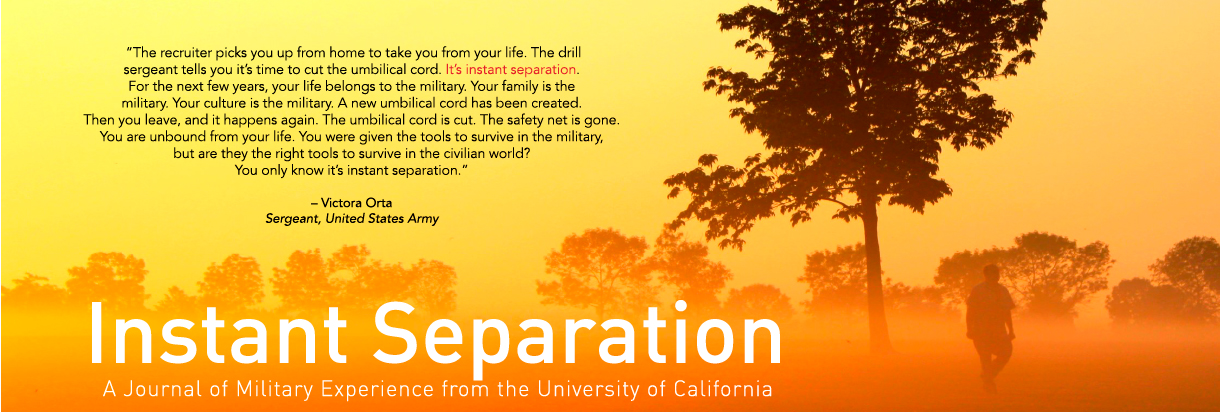The effects of the head cold seemed minimal: slightly runny nose, mild congestion. Both could be cured with Afrin, which I used several times before the mission brief. The flight lead that evening was Rhory “Hoser” Draeger, the squadron weapons office. He was thorough and demanding, with a heavy sense of purpose and a light touch of humor. Tonight’s mission was a 2-v-1 CAP, where two F-15Cs sought to defend the Florida coast from a third F-15C, a bandit, played by me.
The briefing, taxi, take-off, and set up were uneventful. The airspace was about fifty miles into the Gulf, which we confirmed with Air Traffic Control (ATC). The latter warned that low level clouds were rolling in along the coast, although we were in clear sky, with stars above and boat lights below. I did four simulated attacks, each with higher speed and greater sophistication. Hoser and his wingman executed a range of defensive tactics, each performed on that thin line of professionalism, between patience and aggression. I was shot down every single engagement.
With bingo fuel, we rejoined as a three ship fingertip formation and began the return to base. The weather had indeed arrived and the base now required instrument approaches for recovery. We changed our formation to a three mile trail—the planes in a single row, with each flying a separate approach. Hoser led, followed by his wingman, with me in the rear.
“HISEA” I reported as I crossed the initial approach fix and began the Hi-ILS approach to runway 30. Just above the cloud bank I pulled power and began to descend. Entering the clouds, I lost the stars and visual horizon, then instantly my inner ears started to deceive me. The combination of descent, speed change, and loss of outside references tricked me. I felt –strongly and powerfully–that I was in a rapid climb. Training took over and I fixated on the instrument panel to confirm what I knew the plane was actually doing—a mild descent at slightly increasing speed. Yet, due to the cold, the canals in my inner ears fought against these indications. I concentrated hard on the instruments, yet the sensations continued. I took my hands off the stick, to regauge the nerves and tactile senses. A mild improvement. I then started a slow lead turn to join the recovery arc; with this, I was instantly overwhelmed. My body screamed that I was now in a massively descending, corkscrew right turn into the ground. A death spiral. My head was tumbling, I was utterly confused, even nauseated, as information streams conflicted. For the first and only time in my aviation career, I reached for the ejection handles.
I then went wings level, followed the gauges precisely, broke off the approach, and started an easy unaccelerated climb above the clouds. I called ATC, telling them I need vectors for a straight in, no turns in the clouds. With that, everyone started asking questions, which I ignored.
Hoser was one mile from the runway when he heard all this. He broke off his own approach and flew back to a positon three miles behind me. With RADAR he monitored me for safety. He took charge—confirming my sensory perceptions, aircraft indications, and fuel state. With Hoser in trail, I flew a straight-in without incident. Upon returning to the chocks, he came up to me, looked me in the eye, and hugged me. He never said a word about it, to me or anyone else.
That night, I placed this incident in my box: the disorientation, the fear, the near ejection. I never told my family, my friends, my squadron mates.
A few years later, another item went into this same box. Hoser went on to fame in the first Gulf War, leading the initial wave of fighters into Iraq, getting the first air-air kill of the conflict. A week later, he had another kill, and became an Air Force icon. But Captain Rhory Draeger went into my box on March 21st, 1995. He was a passenger in a car, just outside DC, which slid off an embankment. In an ironic twist of fate, this fighter pilot’s fighter pilot died in a ditch by the side of a lonely stateside road.
My box has two items in it: fear and savior. For a quarter century, I have not looked at either until this evening.
Kurt Schake is a retired Air Force officer. He served twenty-five years on three continents, yet never forgot, or faced, the events of this night.
